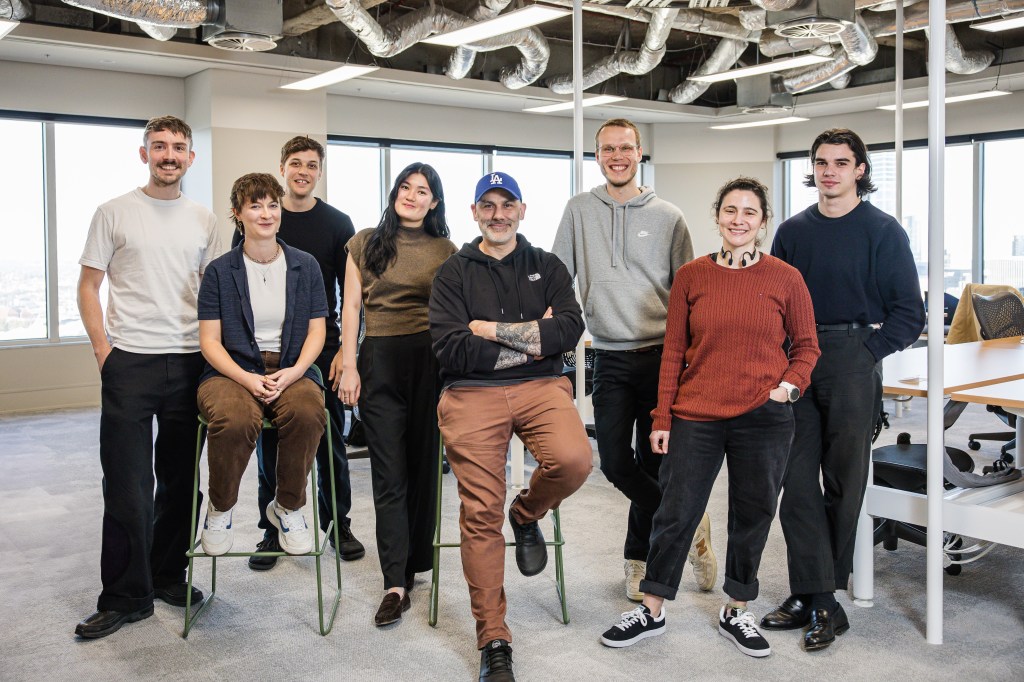India, France, the UK and the UAE are already building sovereign AI. Australia must do the same to guard against offshore policy shifts, price shocks, and opaque black-box systems, writes Dave Lemphers.

The global race for Sovereign AI has begun, and Australia is at risk of being left behind. While other nations build, we risk becoming permanent customers. But it doesn’t have to be this way.
The strategic goal for Australia isn’t to replicate the hyper-specialised supply chains that fabricate microchips. It is to build and control the sovereign digital infrastructure that those chips power.
The enduring value is captured in the Australian-owned data centres, the local cloud platforms, and the skilled workforce that operates them. This is the key to spinning the flywheel, using targeted investment in our own platforms to bootstrap a self-sustaining, globally competitive AI industry.
Other nations are already moving fast. The United Kingdom has launched Isambard-AI, the country’s most powerful AI supercomputer, to power local research and industry.
India has approved the IndiaAI Mission with more than US$1 billion in funding to expand compute, datasets, and startup support.
France is pairing state infrastructure with national champions like Mistral, framing this openly as an AI sovereignty play.

The UAE has built and open-released the Falcon models, signalling a national bet on home-grown capability.
Australia must be in this cohort, not as a customer, but as a builder. If we don’t build our own stack, we become someone else’s customer, exposed to offshore policy shifts, price shocks, and opaque black-box systems.
AI is an industry, an economy, and a research capability. If we don’t invest now, our APAC neighbours will out-accelerate us and close the gap for good.
Providing opportunity for the next generation
Recent cohorts of Australian students missed the property and mining booms. Instead, they have been promised STEM futures.
Government must ensure that AI investment lands here first, in Australian data centres, Australian companies, and Australian jobs, and mandate that credible Australian providers are given a genuine opportunity to compete for major contracts.
This isn’t protectionism, it’s incubation. We must consciously build a competitive local market, just as other nations are doing, to ensure we have sovereign control over our most critical technology.
Today, too many large contracts are flowing to firms with superficial AI capability. That locks out grassroots builders and startups, and it happens because decision-makers, often unfamiliar with AI’s nuances, default to familiar procurement habits, the digital equivalent of the old “dig it up and ship it” mindset.
Sovereign AI means giving our next generation of Australian engineers the first bite at the cherry, creating compelling, mission-driven work that keeps our best and brightest talent here, rather than exporting their potential to Silicon Valley.
The financials of building sovereign AI
Based on our experience training Matilda, Australia’s first sovereign large language model, we estimate that scaling to a 30-billion parameter model, trained to a high standard within a three-month window, would require an investment in the tens of millions.
That investment covers the full stack of compute, data preparation, evaluation, engineering, and operational costs. It is a fraction of what frontier labs in the US and China spend chasing trillion-parameter general models, yet more than enough to deliver a sovereign-grade model tailored to Australia’s needs across government and industry.

The playbook for Australia is clear. Back Australian operators first by funding local AI factories and accredited data centres operated under Australian law. Invest in people and software, not just hardware, by creating an AI software factory network embedded in key sectors like health, finance, energy, retail, and logistics.
Stand up a national model sized for our needs, around 30 billion parameters as a baseline, then fork sector variants. Mandate sovereignty guardrails like data residency, auditable training logs, evaluation transparency, and supply-chain attestations so public agencies and regulated industries can adopt confidently.
If we do this, Sovereign AI becomes a jobs engine, a productivity lift for Australian businesses, and a strategic asset we control. If we don’t, we will be permanent customers of other nations’ platforms, and we will look back at the decade we could have owned.
“If we don’t build our own stack, we become someone else’s customer, exposed to offshore policy shifts, price shocks, and opaque black-box systems.”
Dave Lemphers, co-founder Maincode and Matilda
ign AI is first and foremost an economic opportunity. Currently, AI is not a mature, winner-takes-all market. OpenAI and the big US labs have built extraordinary large language models for text, but the highest near-term value for a country like Australia sits elsewhere.
In process-improvement AI, sector-specific systems that streamline approvals, compliance, logistics, underwriting, pricing, and service. In these markets, frontier-scale budgets are not required in order to create real productivity.
Dave Lemphers is the co-founder and CEO of Maincode, the company behind Australian national AI LLM ‘Matilda.’ Maincode was founded in 2025 by Dave Lemphers and EasyGo founder Ed Craven.
Look back on the week that was with hand-picked articles from Australia and around the world. Sign up to the Forbes Australia newsletter here or become a member here.


